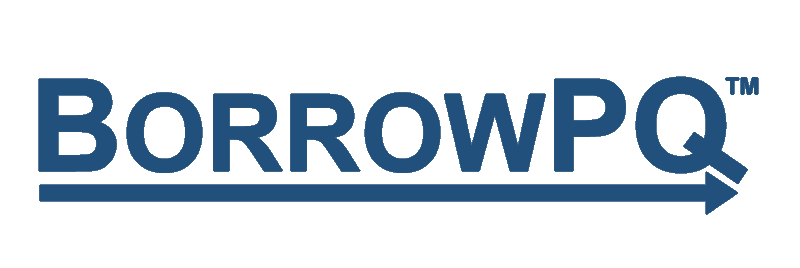Assets
Cash
Include cash and all cash equivalents such as checking and savings accounts, short term CDs, money market funds and even marketable securities which can be liquidated.
Accounts Receivable
Money owed to your company by clients who have been provided goods or services on credit.
Inventory
Typically measured at original cost, this account should reflect office supplies, raw materials, working progress and finished goods.
Other Current Assets
This ‘catchall’ account typically includes such items as lease deposits, prepaid expenses and employee/officer loan receivables but may include accounts such as accrued revenue and deferred income tax.
Fixed Assets
Commonly referred to as “furniture, fixtures and equipment” or “property, plant and equipment”, these long-term assets are subject to ongoing depreciation expense. Most balance sheets will present their “original cost” followed by “accumulated depreciation” with the difference being “book value”. For financial analysis purposes, book value should be entered in this line item. To ensure correct calculations, if you own a property do not add the fair market value of the property to this field. It will be asked for later in the Operations step.
Intangible Assets
Most balance sheets will NOT include intangible assets, based on GAAP rules. The common exception is when the subject company has been purchased via the “asset financing” deal structure which requires the lender and owner to agree on the “allocation of purchase price”. Most such allocations will include value attributed to intangible assets such as goodwill, customer base, trade name, or covenant not to compete. Similar to fixed assets, the balance entered here should be the “book value” figure (original cost less cumulative amortization). Certain “internally generated” intangible assets may be capitalized and amortized, but this generally applies to advanced high-tech-oriented businesses.
Liabilities
Accounts Payable
This balance should reflect amounts currently owed to suppliers of all types. Amount owed on credit cards can also be included here.
Other Short-Term Liabilities
Any financial obligation due within the next year which is not included in accounts payable. Common examples include credit card payables, line of credit balances, and accrued liabilities related to payroll and taxes. This line item could also include “current” amount due to long-term creditors; e.g., the current portion (due over the next 12 months) of a 10-year term loan from a bank.
Bank Loans
This represents the total principal balance outstanding on all loans made by banks or other financial institutions which possess a term of longer than one year. Any real estate related debt, such as mortgage balance, can be included here. It will be asked for later in the Operations step as well, which serves to document it separately.
Other Long-Term Liabilities
This may include real property mortgages with non-banks, obligations under long-term capital leases, bonds payable and deferred income taxes. In general, this category should include all long-term liabilities other than bank loans. Any real estate related debt, such as mortgage balance, can be included here. It will be asked for later in the Operations step as well, which serves to document it separately.
Contingent Liabilities
These are potential obligations which are dependent on the occurrence / non-occurrence of a certain event in the future. A common example is a pending lawsuit which is likely to lead to legally enforceable financial payments owed by the company in the future. Other examples include potential warranty payments or payments related to the guarantee of a third-party loan.
Contact Us at any time for help or to provide feedback
